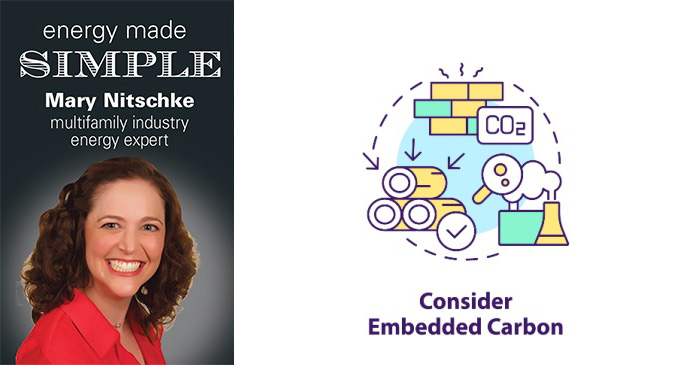My office is decorated with comic book figures and movie posters to the point that, during the pandemic when we were all forced to work from home, one customer exclaimed, “you must be working from your son’s bedroom!” To which I had to explain to her that I had no children. I am childlike, I know. Which is why I now need to apologize in advance to all the Star Wars fans out there. Sorry.
What if Han Solo was bad? What if we did not want more Han Solo’s in the world? Sorry again, Star Wars fans.
When I think about embedded carbon, my mind regularly returns to Empire Strikes Back when Han Solo is frozen in carbonite. Giving us the fantastic visualization of something trapped in something else, and that bad something Boba Fett does not want out again. Or more of!
When we talk about carbon and embedded carbon, we are talking about carbon monoxide and carbon dioxide, neither of which any of us wants in our lungs, which means controlling how much bad is in our air. The bad guy. We do not want to release it, and we do not want more of it. Embedded carbon is a bad guy in the material we want for our buildings. Unavoidable evil, but an evil, nonetheless. Everything made has embedded carbon: Concrete, gypsum board, carpet, even your sandwich. We do not want to release it by throwing it in the trash (I am talking to you, sandwich!) We also want to make more carbon as sparingly as possible; we do not want more of it in our air.
This means reuse. What can we do with that material when we are done with it? How can it be repurposed? Maybe the half a sandwich you did not eat can be saved for lunch tomorrow? This means less carbon dioxide and monoxide is released to obtain raw materials, convert those raw materials into components to make things we want. Reuse means giving materials a second life, reducing bad things pushed into our air, and keeping bad things trapped.
Here is the good part: 50% of the total embedded carbon for a building occurs during construction. This means when we reuse, retrofit, and repurpose existing space we are doing something good for our air. Bonus, if we reuse existing buildings, we will have less (or no) demolition costs, which is also fantastic for our bottom lines. When we convert office buildings to multifamily, not only are we providing housing in urban areas that need it, but we are also keeping carbon trapped and reducing the amount of new carbon it takes to make our new housing. If you already know this, I hope you are sharing this fun fact in the communities you are helping. If this is a new idea, I hope you see that this is the way.















